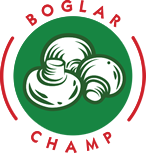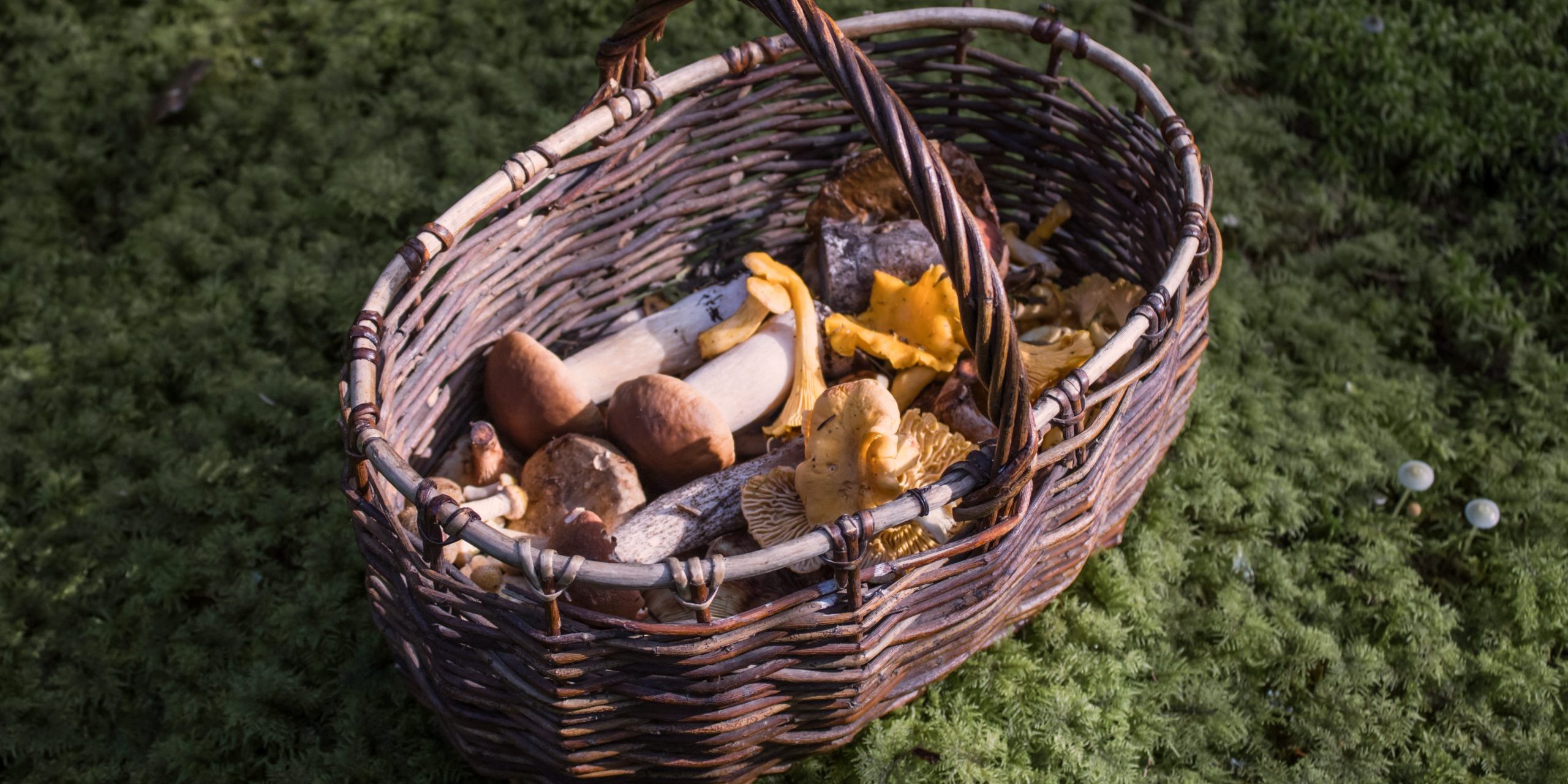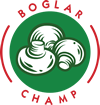Edible mushrooms are not only versatile, tasty, and unique ingredients for cooking, but they also have numerous advantages for consumption. They are low in calories but rich in vitamins, minerals (such as potassium, iron, copper, selenium, zinc, phosphorus, and magnesium), and antioxidants. They contain approximately 92% water, making them excellent sources of fiber and protein. They are gluten-free and lactose-free, making them suitable for various dietary plans.
Let’s see which edible mushrooms, both cultivated and wild, are considered the healthiest!
1. Shiitake (Lentinula edodes)
Fresh herbs are a great match for mushrooms. We can warmly recommend almost any fresh herb grown in our region for mushroom dishes. Parsley is one of our most popular herbs and is also extremely healthy. It contains vitamins K and C, beta-carotene, and has beneficial effects on our immune system, protecting against infections and having anti-inflammatory properties. It is also rich in iron, making it a recommended addition to the diet of people with anemia. Finally, parsley aids digestion, so it’s worth sprinkling it on all mushroom dishes when serving.
2. White Button Mushroom (Agaricus bisporus)
The majority of cultivated mushrooms worldwide belong to this species. 100 grams of white button mushrooms contain only 33 calories, 6 grams of protein, and just 3.3 grams of carbohydrates. They are rich in essential vitamins (B2, C, D, E) and important minerals such as calcium, potassium, folic acid, zinc, copper, niacin, selenium, and iron. Research has shown that regular consumption of white button mushrooms can reduce high cholesterol levels, thanks to a compound called lovastatin found in them. Eating white button mushrooms also helps prevent excessive estrogen production, reducing the risk of breast cancer.
3. King Oyster Mushroom (Pleurotus ostreatus)
We have written about the benefits of consuming king oyster mushrooms, which are also cultivated by Boglar Champ, several times.
100 grams of king oyster mushroom contains only 33 calories. Thanks to its unique oyster-like flavor and meaty texture, it is a popular ingredient in gourmet vegetarian recipes. Consuming 100 grams of fresh king oyster mushroom meets 40% of an adult’s daily requirements for vitamin B2 and niacin, 25% of folate requirement, 23% of pantothenic acid requirement, and 17-20% of vitamin B1 requirement. It has a high content of ergosterol, which converts to vitamin D2 (ergocalciferol) under UV light. It is a natural source of beta-glucan, which can contribute to proper immune function. Its high fiber content has a positive effect on the digestive system and can reduce the risk of colorectal cancer. In traditional Eastern medicine, king oyster mushrooms are used for the treatment of infections, diabetes, and cancer. Their immune-boosting and cholesterol-lowering properties are currently being researched. Japanese researchers have successfully reduced the growth rate of certain tumors with king oyster mushroom extract. Animal studies have shown the cholesterol-lowering effect of dried and ground king oyster mushroom used as forage. Extracts against high blood cholesterol levels have been made from it in the Czech Republic, and it has been used to produce antibiotics in Russia.
4. Chanterelle Mushroom (Cantharellus cibarius)
Chanterelle mushrooms are not only delicious but also very healthy. Carbohydrates (such as glycogen), proteins, and amino acids make up a large part of their dry matter. They contain a higher amount of lecithin among lipids. Provitamins (carotene, ergosterol) can also be found in them. They have a very flavorful taste and can be used as a spice. The disadvantage is that they cannot be cultivated. They grow in the wild, favoring forested and bushy habitats. They can be found from June to November if the region has received sufficient rainfall. As with all wild mushrooms, be cautious when collecting or purchasing them: only use inspected chanterelle mushrooms for consumption!
5. Tasty Porcini Mushroom (Boletus edulis)
The bolete family of mushrooms cannot be cultivated, but the good news is that delicious porcini mushrooms can be collected from May to October. They contain a high amount of ergothioneine, which has cytotoxic effects. In other words, it helps the immune system fight against bacteria and viruses. They are found in forests, forest edges, and clearings. When collecting them, also be cautious not to mistake them for their similar toxic relative, Satan’s bolete (Boletus satanas). For all wild mushrooms, have them checked by an expert to ensure that you have gathered edible species!






